Connecting the oven

Cooking is one of the most important and crucial moments that allows a person to maintain their own vital activity. Today, there are many different devices that allow you to cook food for every taste, taking into account certain characteristics of a particular person or family. The oven (oven) helps us bake food and prepare a healthy and tasty culinary delight. Let's talk about such an important issue as connecting the oven.

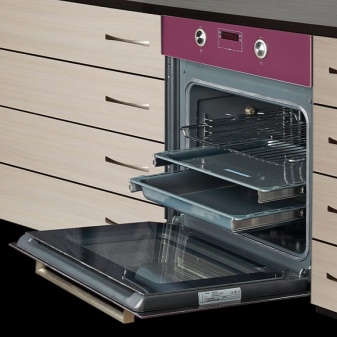
Connection rules
If the apartment has a voltage of 220 V, then connecting the device will not be a problem. If a similar 380 Volt option is implemented in the room, then it is necessary to use combined ovens that can operate at this voltage. Installation is best done in a kitchen in an apartment where there is a special socket for such a device. But here you need to have a dedicated electric line.
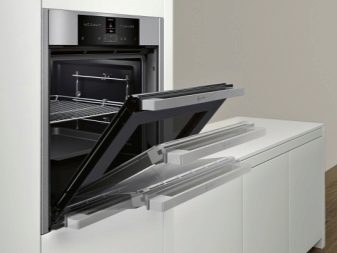
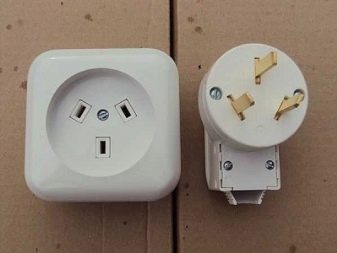
According to the wiring category, you should select a certain type, brand or cross-section of the wire that supplies electricity. If the installation is carried out in an external or hidden form, then the determination of the carrying power conductor should be carried out. The section of 2.5 millimeters should be replaced by 3.5 millimeters, because manufacturers produce modern models with a power of at least 3.5 kilowatts.
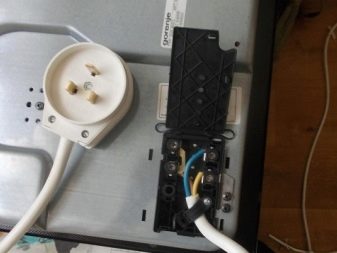

It is important to note that the branch that provides the power supply to the electric oven must be equipped with its own circuit breaker. Its power should be calculated taking into account the current consumed by the technique. Usually we are talking about an indicator of 16-20 A. But if you also need to use the same hob with the oven, then the selection of the machine should be based on the total power of both devices.

It is imperative that there is grounding, because the safety of using such a device will depend on it. In private buildings there is no such problem, but in apartments of an old building it happens that there is no grounding.
Then you have to do it yourself, by pulling an additional wire core into the common shield, which is located at the entrance, and connecting it to any element made of metal.


Installation and subsequent connection of an electric oven will not differ in any way from the installation of a gas analogue. Another thing to do is equip the oven cable with a plug. But everything is simple here - the cable is usually three-core, and the yellow wire of three will be ground. It should be connected to the ground terminal, and the other 2 screwed to the other two terminals. Crimping the contacts should be done well so that they do not heat up and the wire insulation does not melt. Otherwise, it may cause a short circuit.

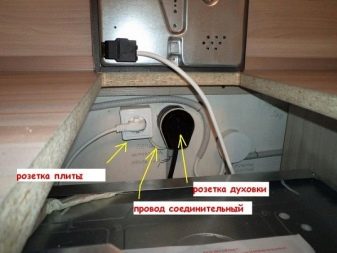
And the last stage of installation will be to check the device's operability and start it in idle mode. Activate the oven, check the indication, heat. When you are sure that all heating elements are active, you need to run the device at full power. The thermometer should be set to a temperature of about 160 degrees and the lubricants inside, applied at the manufacturing plant, should be burned out.
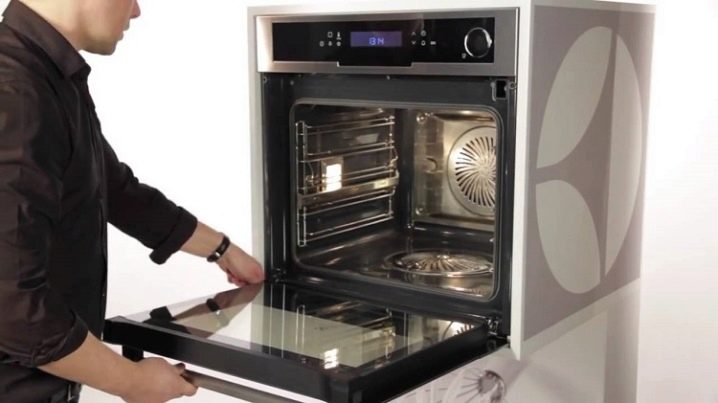
Can I plug into a regular outlet?
Many people who are faced with connecting electric ovens are interested in the ability to connect such a device to a regular outlet, which was previously used for a kettle or microwave. This is permissible, but subject to three conditions:
- the socket must be wired in the form of a 3-core wire made of copper, which has a cross section of at least 2.5 square meters. mm;
- the oven itself should have a power of no more than 3.5 kilowatts;
- in the switchboard, a simple machine with a thermal type splitter should be replaced with a differential solution with a rated voltage of no more than 16 amperes.

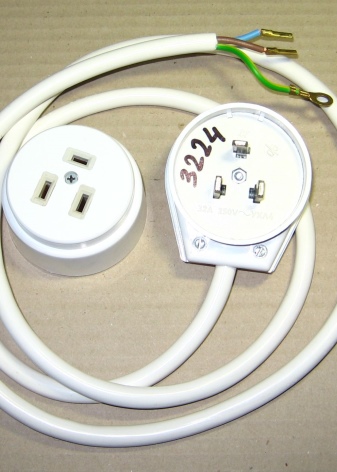
Certain difficulties and inconveniences may be due to the third condition. Usually, many people have an automatic machine for 16-25 amperes mounted on the entire group of outlets and one machine for lighting in the apartment. If the socket machine is replaced with a differential 16-amp version and the oven is connected, then it will become almost impossible to use other electrical appliances while the oven is running and food is being prepared.

But here you already have to choose - either not to do new wiring, not to install a separate outlet, or to choose the option of convenience and comfort. Leaving a simple modular-type machine gun in the shield is not worth it. The installation of a new socket for the oven should be carried out no more than 0.9 meters from the floor.
The most important point here will be ease of use. Also, the socket should not be located directly behind the oven.

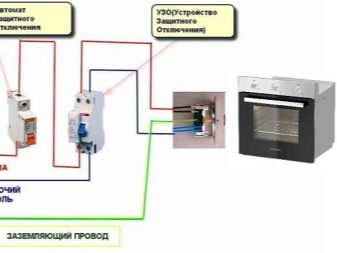
How to properly connect to the mains?
Now let's talk about how to properly connect the entire system to electricity with your own hands. First, you need to choose the correct wire size. Now an electric oven is a "not gluttonous" technique, which has a power of about 3-4 kilowatts. But it is always necessary to have a margin, so the cabinet should be connected to a dedicated line with a large conductor section than the one on which the circuit breaker is located. The best option would be a cross section of 6 square millimeters.
If you choose a cable of this type, then it will calmly withstand a continuous load of 10 kilowatts. On such a line, it will not be superfluous to put an automatic protection of the C32 group. But the stock here will be solid.


If the device has a power of less than 8 kilowatts, then you can install a cable with a 4-mm cross-section, and supply a voltage stabilizer of the C25 type. The savings will be higher and the reliability will not decrease. If you need to increase safety, then when you need to connect such a device yourself, you can use 2-pole circuit breakers. If they work, they will turn off not only the phase, but also zero, which is very important when breaking through the insulation. The wire is usually used by VVGng or NYM. The parameters will be 3 x 4 or 3 x 6.


Now let's go directly to the connection. Let's say right away that connecting an electric oven is much easier than a combined solution. Connection of this type of equipment can be carried out in several ways: 1-, 2- or 3-phase option. If the power grid has a voltage of 220 V, then a single-phase option will be the best solution. Most often, we are talking about such a configuration, and therefore we will consider it.
After the built-in cabinet has been installed in the kitchen wall, pull out its back panel, where the electrical connection diagram is indicated. Determine the position of the grounding and power cable.
If suddenly there is no grounding, then you should not try to install it yourself, but invite specialists from the power supply organization.


Many homes are wired using a three-core cable. To correctly connect the electric oven to the network, you can use special jumpers made of copper with a cross section of at least 6 millimeters, which are located in the distribution box. Now let's talk specifically about the connection diagram:
- bolts numbered 1-3 are united by a bar marked with the letter L;
- one more connection will be for bolts 4-5 with the letter N;
- and the remaining bolt with the letters PE is used for the earth connection.

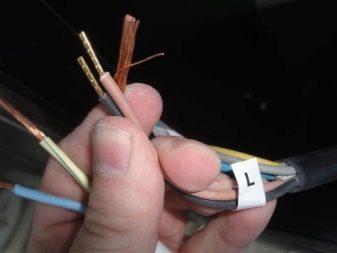
The wires should be positioned as follows:
- brown will be the phase that connects to the L1-3 terminals;
- dark blue - fixing on numbers 1 and 2;
- green - ground going to the corresponding terminal.
After completing all the necessary installation and connection procedures, we check the operation of the device. If no sparks appear when electric power is applied, there is no smoke or foreign smell, the LED works well, this means that everything is connected correctly according to the factory instructions.

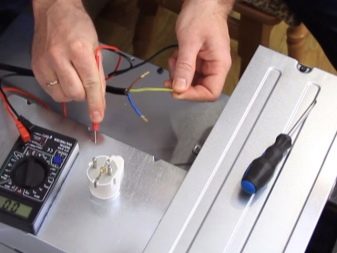
Safety engineering
Now let's say a little about the safety rules when the built-in version of the oven is connected. Caution must be exercised not only during work with electrical wiring, but also when it is precisely the connection of a built-in or separate oven that is carried out. First of all, we are talking about personal safety.
Given the fact that the electric oven has a rather serious energy consumption, it is necessary to carry out additional electrical wiring under it, using an undamaged and undeformed wire with a conductor cross-section that will conduct a current of 2.5 or 4 square millimeters.
But this will be relevant if you have to work with an oven whose power exceeds 3.5 kilowatts.

The connection of the conductor conducting the current should be carried out exclusively through a separate machine, where it is easy to connect also the hob, which is powered by electricity. The machine itself, which will work at home, should be selected depending on the value of the entire load that is supplied to it, and add somewhere else 10% to this indicator.

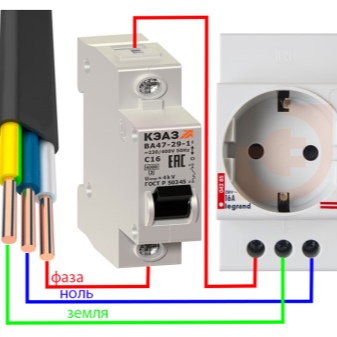
In order for the subsequent use of such a device to be safe, grounding must be done correctly. And if the house is private, then this will not be a problem. But if we are talking about a room in an apartment building that was built several decades ago, then here you will have to ground a separate core to the bus of a common electrical panel. If we are talking about a technique of not very high power up to 3 kilowatts, and the wiring in the house will be quite good and fully cope with the loads, then ordinary euro sockets can be used for installing ovens.
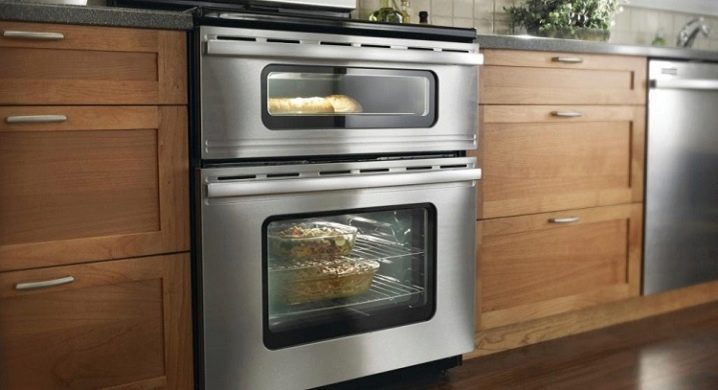
Errors
It should be said that if the connection is carried out by a non-specialist, then the risk of various problems and errors during the operation of the oven increases significantly. Let's look at the most common problems with this technique. One of them is that the oven constantly knocks out the machine. There may be several reasons for this.
- Perhaps, at the same time as this device, other household electrical appliances are included in the network, which simply increases the load on the network. You can try turning them off.
- The problem may be that the voltage jumps in the network. Therefore, the RCD is triggered.
- Due to a broken wire insulation, electric current may flow into the device's case. Then the oven will short out if the main cable is damaged.
- The plug, the cord itself or the socket, where the device is connected, has physical damage.
- The power selector may also fail. A sign of this will be the operation of the machine after some time of operation of the device.
- If there are problems with heating elements.
- If the fan breaks down, and the oven just overheats.


Another common problem is that the device does not heat up. First, you need to exclude such trivial problems as a breakdown of a power filter, a malfunction of an extension cord, a breakdown of a socket, a lack of voltage in the network, a failure of the power cord, a breakdown of the plug itself, and so on. After that, you should ring the elements of the device to determine the location of the breakdown. As a rule, the master will find the problem either in the control unit of the device, the power switch, or when checking the heating elements.As a rule, the problem lies in the latter case. It could also be caused by faulty wiring.
Another fairly common problem is overheating of an electric oven. Typically, there is a thermostat malfunction. But such a problem can only be eliminated by a specialist who has the appropriate equipment at hand. It also happens that the device heats up very much right outside. In this case, most likely, we will talk about a malfunction of the cooling fans. A specialist will fix such a problem in an hour.

There are also other malfunctions. For example, the oven simply won't turn on. Then you should check the voltage supply to the electrical appliance. That is, sometimes the reasons for the malfunction of the oven can be a simple power outage or problems with the outlet. It also happens that the cord simply burns out. Especially often, such a problem occurs when the length of the cord is large, it burns out somewhere in a place that is outwardly inaccessible to the user. If a problem occurs, immediately check the integrity of the cord in all places.
It also happens on modern models that if a microcrack even appears on the door somewhere, this will break the tightness of the structure. So if a problem occurs, you should very carefully inspect the integrity of the device door. Another common mistake that users face is a broken temperature sensor. This element is extremely important, due to the fact that it protects the furniture that surrounds the oven from fire.

If the device is very hot, the sensor will receive this information and automatically turn off the device. It often happens that this part simply jams and needs to be replaced.
Another reason that can cause any error is a malfunction of the control board. Let's say right away that this board cannot be repaired, it just needs to be replaced. And you shouldn't try to repair it, because after soldering it will still not work for a long time in normal mode. It should be noted that connecting the oven is a rather responsible process, which must be approached with all seriousness. You should not try to make a connection if you do not have basic knowledge in the field of electrical engineering, then it is better to contact a specialist. And with such knowledge, connecting the oven will not be difficult literally within a couple of hours.
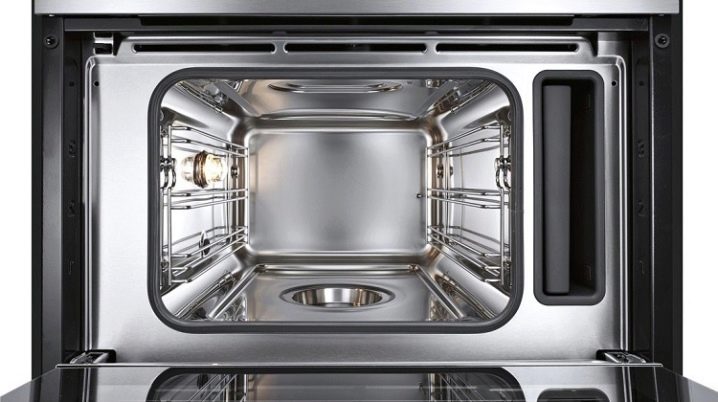
In addition, this will save money on attracting a specialist and will provide an opportunity to gain experience in this matter.
In the next video, you will find the connection of the oven.













The comment was sent successfully.